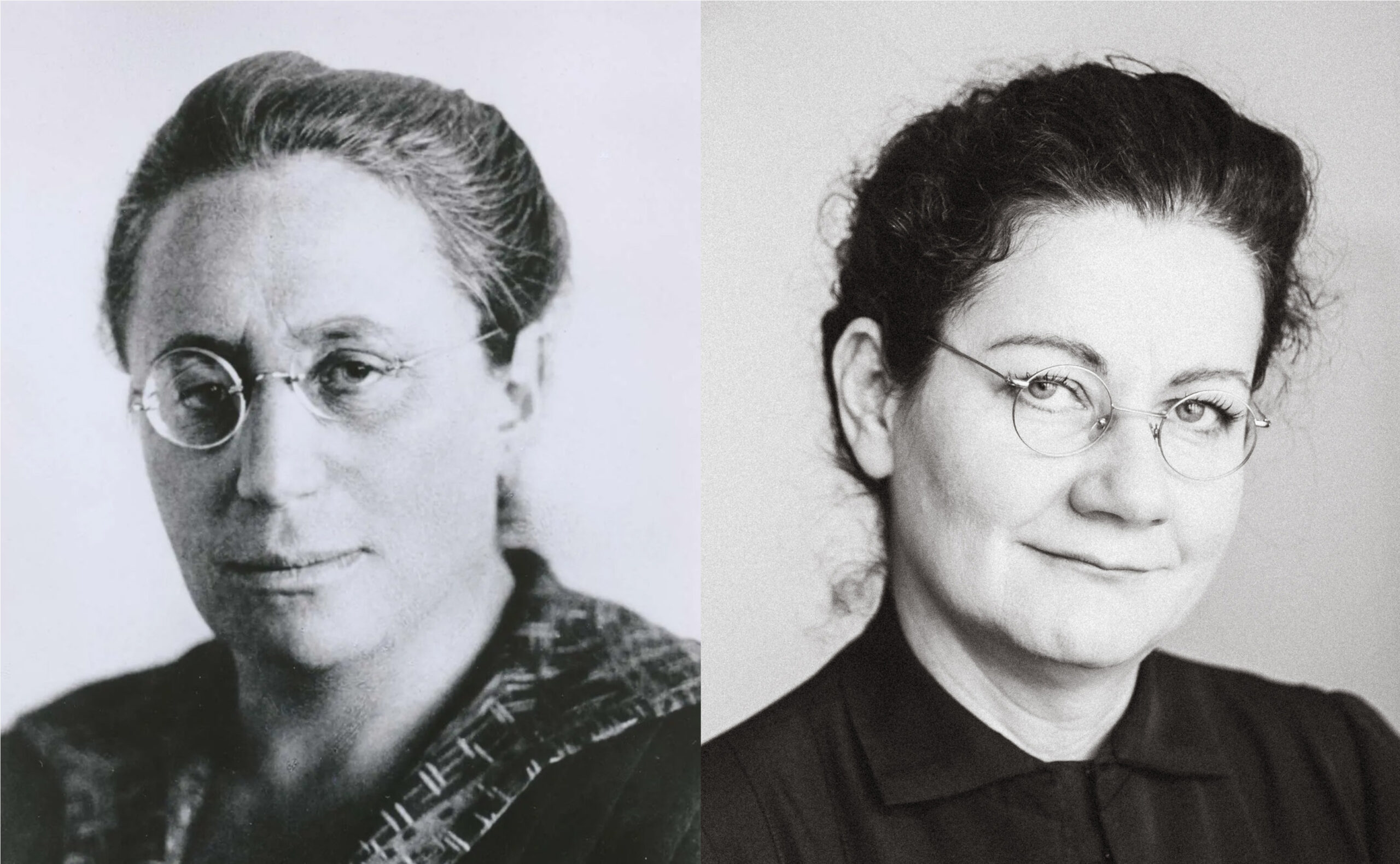Radiation exposure is often associated with catastrophic events such as atomic bomb detonations, nuclear accidents, and medical treatments. Yet, less commonly discussed is how traces of such exposures can remain within the human body, serving as silent markers of past encounters with ionizing radiation. These atomic bomb markers, embedded at a microscopic level, offer scientists and physicians valuable insights into both the history of radiation exposure and its long-term biological effects.
When an atomic bomb detonates, it releases a massive burst of ionizing radiation—energy powerful enough to alter atoms and molecules in living tissue. This radiation comes in several forms, including gamma rays, neutrons, and beta particles. Individuals caught within a certain radius of such explosions or exposed to fallout can absorb varying doses of radiation, which in turn can cause damage to cells and DNA. While the immediate effects, such as burns and acute radiation sickness, are often visible and well-documented, a more subtle legacy remains hidden deep within the body.
One key way researchers detect past radiation exposure is through the presence of radionuclides and other radioactive isotopes that become lodged in bones, teeth, and organs. For example, radioactive isotopes such as strontium-90 and cesium-137, produced during nuclear fission, can enter the body through inhalation, ingestion, or wounds. These isotopes mimic naturally occurring elements and accumulate in certain tissues, effectively becoming “biological markers” of exposure.
As time progresses, the breakdown of these radioactive substances releases particles or energy that can be detected with specialized devices, enabling scientists to determine the quantity and timing of absorbed radiation. This technique has been widely utilized in health studies involving the survivors of the atomic bombings in Hiroshima and Nagasaki, in addition to those impacted by nuclear tests and industrial mishaps.
Beyond isotopes, atomic bomb exposure can also leave lasting molecular changes in cells. Ionizing radiation can cause breaks in DNA strands, mutations, and other genomic alterations. Some of these changes persist for decades and may contribute to increased risks of cancer and other diseases. Advanced molecular techniques now allow researchers to identify radiation-induced mutations in tissue samples, creating a detailed record of the exposure’s biological imprint.
Interestingly, these radiation markers do not solely serve scientific curiosity. They play a critical role in medical diagnostics and treatment. For instance, in cancer survivors who underwent radiation therapy, detecting residual radioactive elements or assessing molecular damage helps guide follow-up care and surveillance. Moreover, in cases of suspected radiation poisoning, identifying internal contamination can determine the urgency and type of medical intervention required.
The concept of the human body as a living archive of radiation exposure also raises important questions about long-term health monitoring. Studies of atomic bomb survivors have revealed complex patterns of delayed effects, including increased incidence of leukemia, thyroid cancer, and cardiovascular disease. By correlating the presence of internal markers with clinical outcomes, researchers strive to better understand these risks and develop strategies for prevention and early detection.
Environmental influences add additional complexities. Communities residing in the vicinity of nuclear facilities, uranium extraction sites, or zones impacted by radioactive fallout may gather trace amounts of radionuclides as time progresses. This can lead to a residual “atomic bomb marker” effect, even in the absence of immediate exposure to a blast. Evaluating these nuanced exposures necessitates precise detection techniques and extensive epidemiological research.
Ethical considerations also arise when examining radiation markers within the body. Privacy concerns, potential stigmatization, and the psychological impact of knowing one carries remnants of a nuclear event must be balanced with the benefits of medical knowledge and public health efforts. In communities affected by nuclear disasters such as Chernobyl and Fukushima, addressing these issues is critical to healing and recovery.
On a wider perspective, grasping the existence and ramifications of atomic bomb indicators aids in shaping international nuclear policies and emergency readiness. Scientific data regarding the endurance and consequences of internal radiation exposure provide insight for evacuation procedures, decontamination efforts, and healthcare responses after nuclear events. It also highlights the enduring human impact of nuclear conflicts and mishaps, supporting initiatives for nuclear nonproliferation and disarmament.
Technological advances continue to improve our ability to detect and analyze radiation markers inside the body. Imaging techniques, such as whole-body counters and advanced spectrometry, provide non-invasive ways to quantify internal contamination. Meanwhile, developments in genomics and molecular biology deepen our understanding of radiation’s impact at the cellular level, opening pathways for targeted therapies and personalized medicine.
The narrative of the atomic bomb indicator within the human body serves as both a warning and a beacon of optimism. It underscores the lasting impact of nuclear occurrences on personal health while demonstrating how contemporary science can transform this impact into insights that safeguard upcoming generations. As studies advance, the dynamic between radiation’s unseen imprints and their observable outcomes will continue to be a crucial research field, connecting history, healthcare, and policy.
The invisible atomic bomb markers residing within the body represent a complex intersection of physics, biology, and public health. They serve as a testament to the profound impact of nuclear events and offer crucial insights for managing the consequences of radiation exposure. By continuing to explore and understand these internal markers, scientists and healthcare professionals contribute to a safer, more informed world—one that remembers the past while striving to prevent similar harms in the future.





